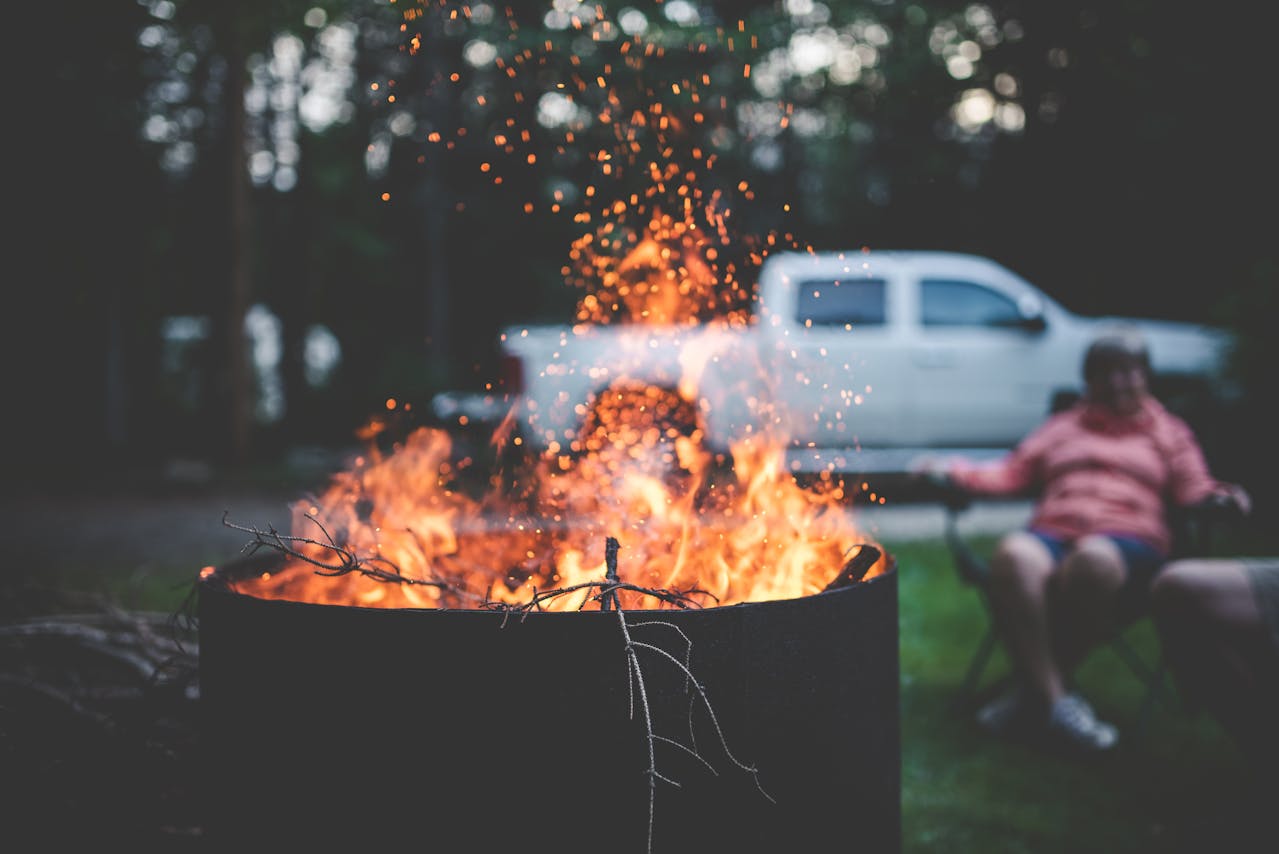Back home, simple yard habits feel harmless, like trimming branches, tossing scraps to birds, or lighting a small holiday sparkler. Inside a national park, those same moves can quietly cross into federal violations with real fines attached. Rangers are not being fussy for the sake of rules. They are trying to keep fire risk low, wildlife wild, and fragile places intact so families decades from now can stand in the same quiet valleys and feel that same rush of awe.
Letting Dogs Roam Off Leash

Letting a dog wander off leash may feel normal in a fenced yard, but in many national parks it breaks clear pet rules. Most parks require leashes no longer than six feet to protect wildlife, other visitors, and the dog itself. Even a friendly pet can chase deer, dig up nests, or bolt into traffic. After a few close calls, rangers lean on fines so one roaming dog does not set the tone for an entire valley.
Feeding Squirrels, Birds, Or Deer
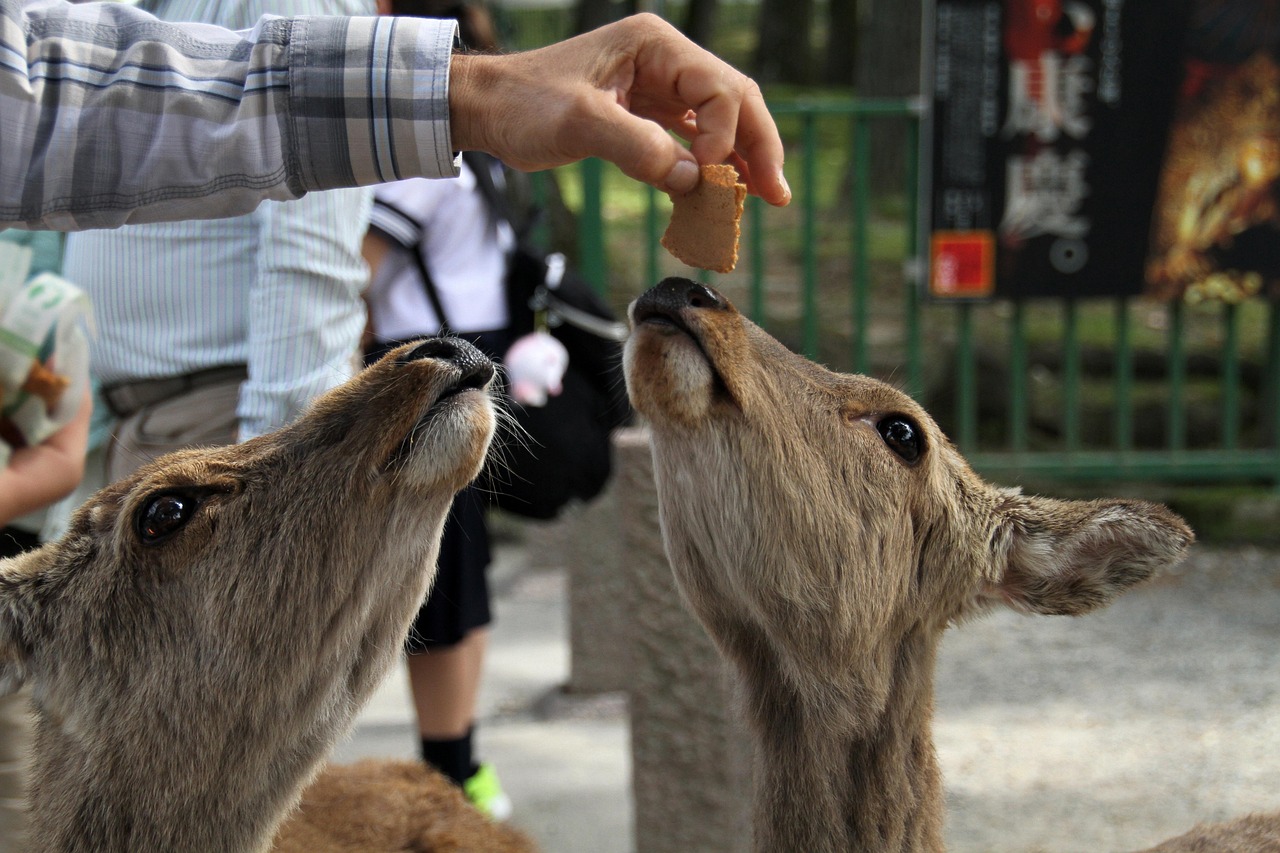
Tossing crumbs to squirrels or holding out a chip to a curious deer looks like a sweet moment, yet it is often illegal on protected land. Human food changes how animals move, feed, and raise young. Habituated wildlife starts begging near roads, picnic tables, and campsites, which leads to bites, vehicle collisions, and animals that must be relocated or killed. A few casual handouts can shape behavior for years.
Picking Flowers And Pocketing Pinecones

Snipping a wildflower for the dashboard or grabbing a pocket full of pinecones feels like minor foraging. On national park soil, it counts as removing a protected resource. Rules typically forbid taking plants, rocks, antlers, or even soil so each visitor meets the same intact landscape. When thousands of people take just one souvenir, meadows thin, hillsides erode, and popular viewpoints start to look picked over instead of untouched and alive.
Trimming Branches Or Cutting Dead Wood
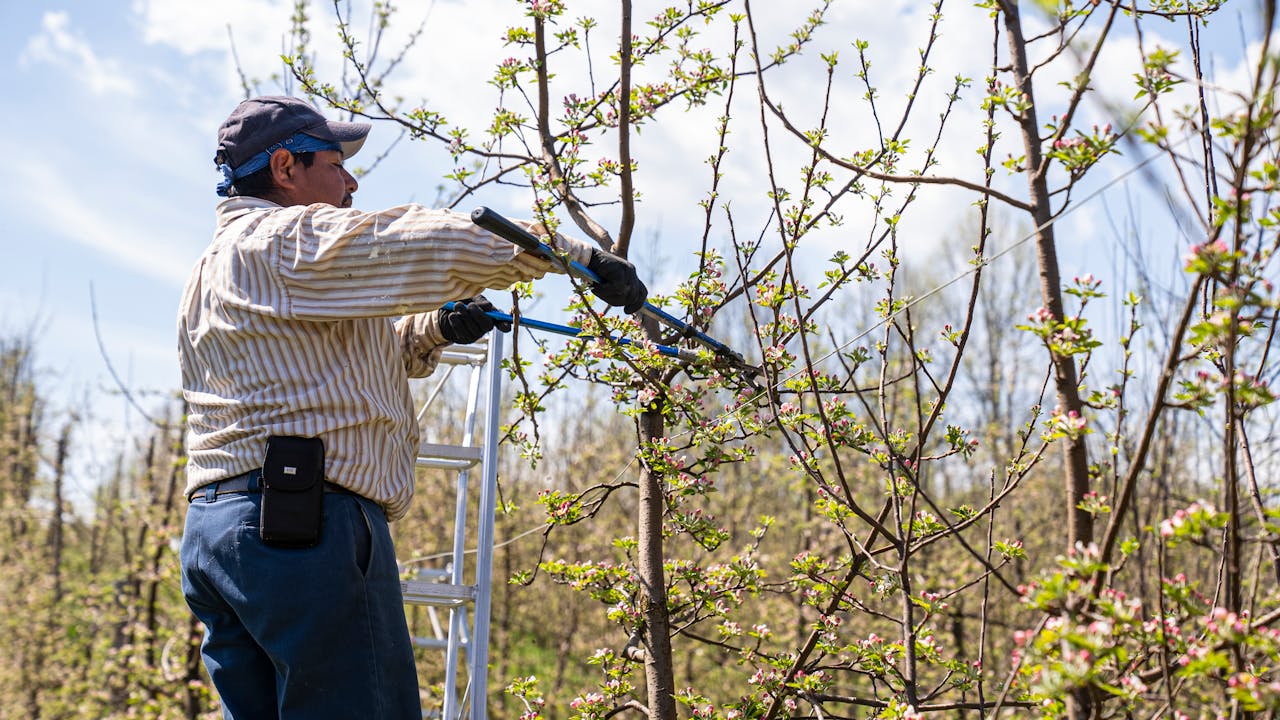
Many homeowners break out a saw or pruners without a second thought, tidying branches and cutting dead limbs. In a national park, that same instinct can damage habitat and violate federal regulation. Even cutting small live branches for roasting sticks or hacking off dead wood for a larger fire removes shelter for insects, birds, and small mammals. Fresh wounds also invite disease. Rangers cite these actions before the damage becomes obvious.
Stringing Up A Hammock Between Trees

On a backyard lawn, a hammock between two sturdy trunks is a summer staple. In crowded campgrounds, wrapping straps around park trees leaves pressure marks and crushed bark that slowly weaken heavily used shade trees. Some parks restrict hammocks or require special wide straps for this reason. Improvised rigs with thin rope or cords can earn a visit from rangers who may ask for removal and issue a fine.
Cranking Up Music Or Generators
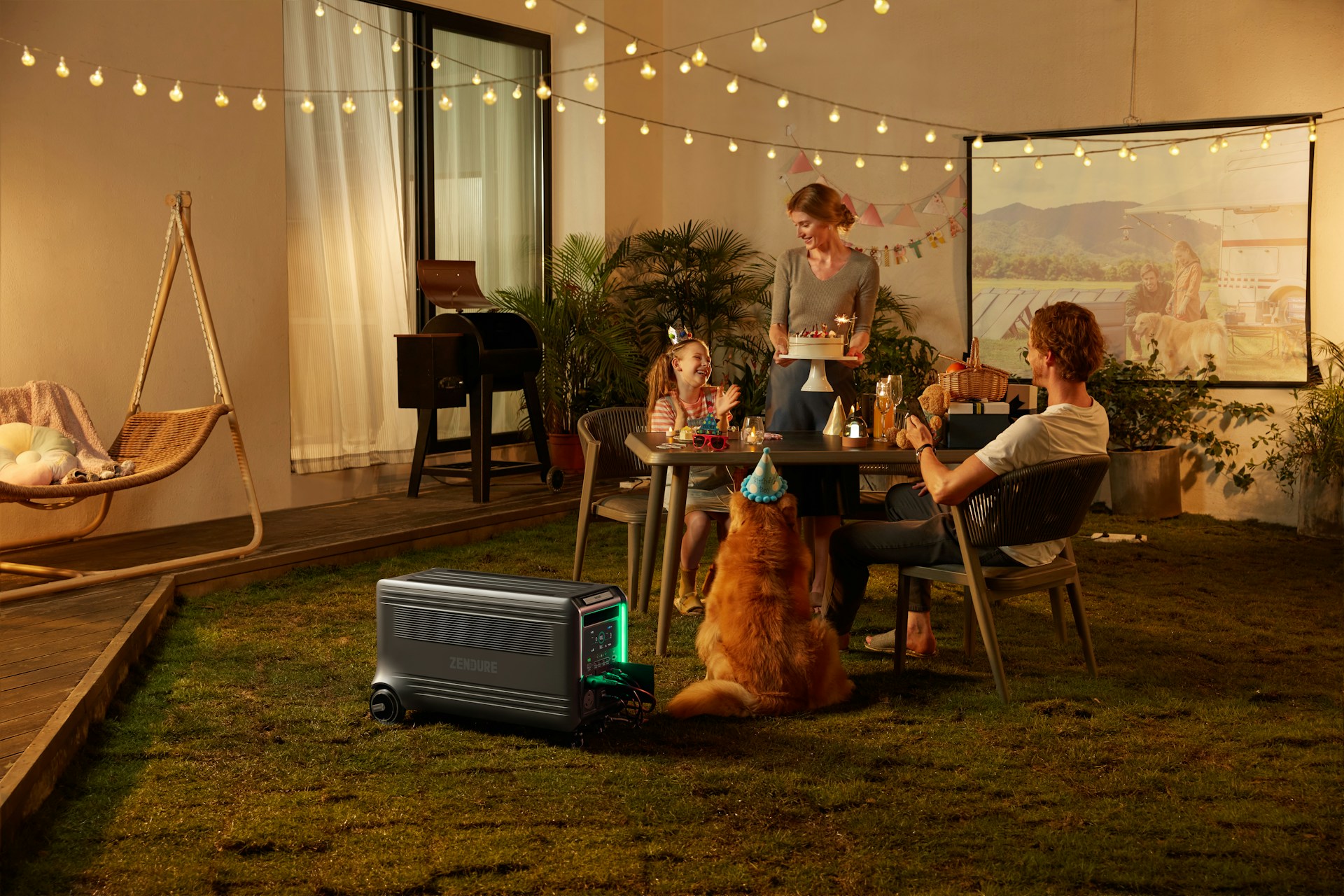
At home, a portable speaker or humming generator blends into neighborhood noise. In a national park, amplified sound can shatter the quiet that people travel long distances to find. Regulations often limit generator hours and set expectations around how far music should carry. Late night playlists, loud phone calls, and running engines in still air can draw complaints and ranger visits, since natural soundscapes are treated as part of the protected resource.
Lighting Sparklers Or Fireworks

Sparklers in the grass or a few small fireworks on a holiday evening might feel harmless in a damp backyard. In a dry forest or desert park, a single stray ember can ignite brush and crowns before anyone reacts. Fireworks also leave plastic debris and create sudden noise that panics wildlife and unsettles nearby campers. Because the risk is so high, many parks ban them entirely and fine visitors who ignore the rule.
Digging Pits And Rearranging Rocks
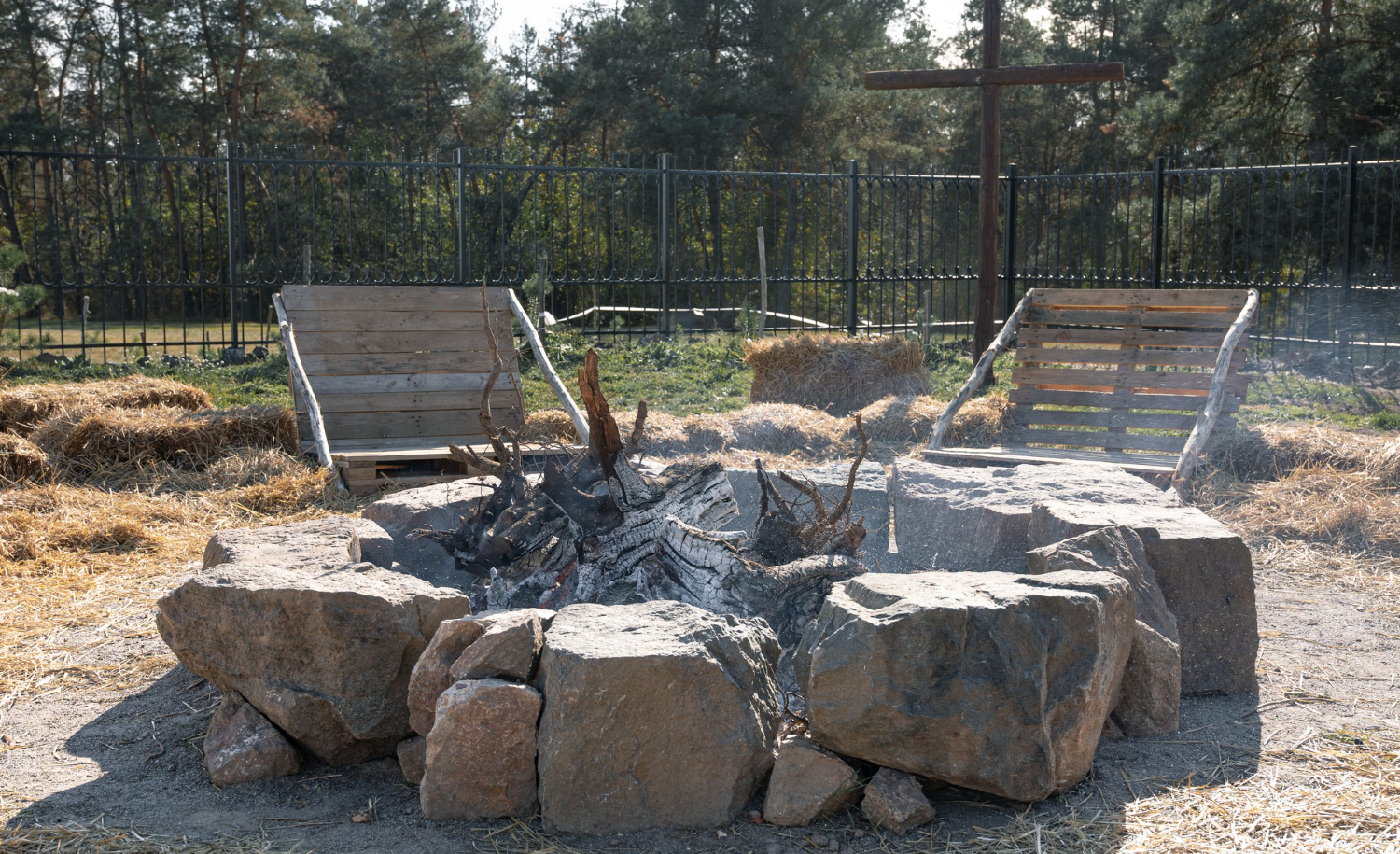
Many people love to reshape ground the way they would in a garden, digging small trenches, stacking rock towers, or building log benches. On protected land, digging pits and rearranging rocks can damage fragile soils, crush plants, and confuse hikers who rely on official cairns. Deep fire pits and improvised furniture also scar popular sites for years. Rangers often dismantle these structures and may fine the visitors who treat wild ground like a sandbox.
Washing Dishes In Streams Or At Spigots

Rinsing dishes under a hose or at an outdoor sink is a normal move in many yards. In a national park, washing dishes or gear in lakes, streams, or shared bathroom sinks can break sanitation rules. Food bits and soap can pollute water, attract wildlife, and clog systems meant only for drinking or hand washing. Many parks require dishwater to be carried away, strained, and scattered so it disappears into the soil.
Burning Firewood Hauled From Home
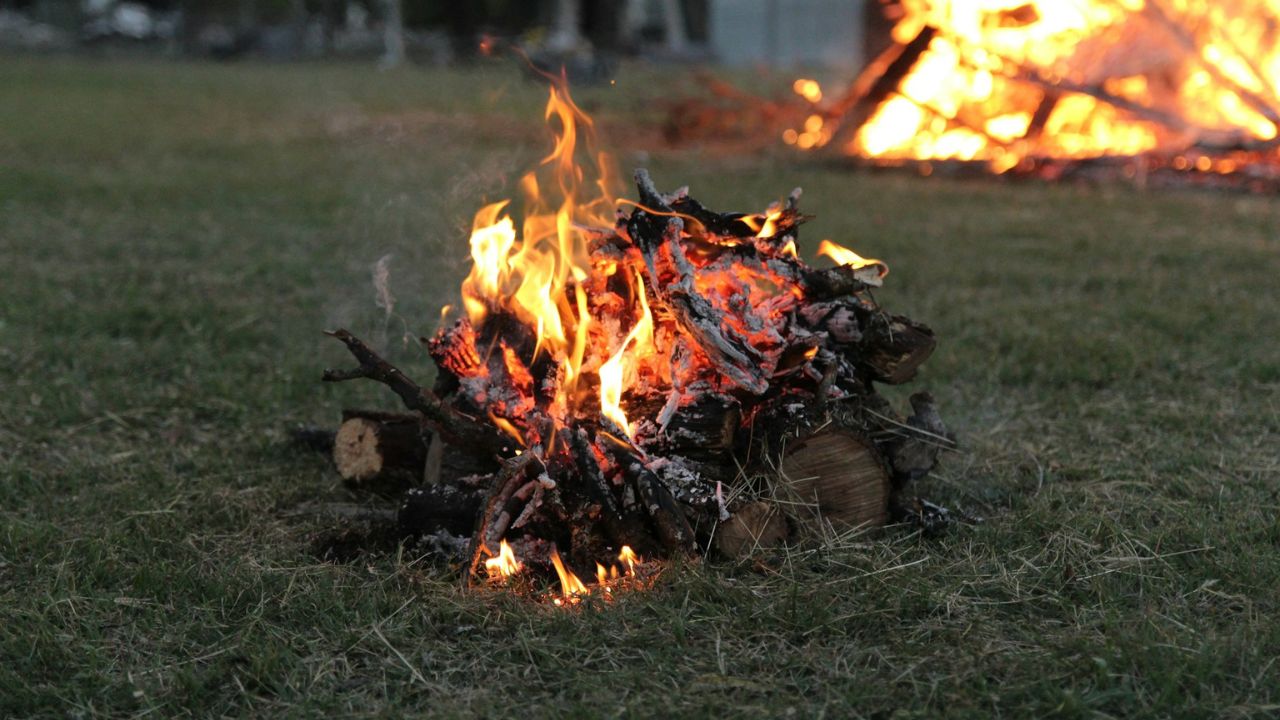
Stacking the car with firewood from the driveway saves money and feels efficient. In many parks, however, outside wood is restricted or banned because it can hide invasive insects and fungi. Once those pests arrive in a new forest, they can kill entire stands of trees over a few seasons. Buying local or heat treated bundles may feel like a chore, but it is cheaper than watching whole hillsides slowly die.
